When we think of the first Europeans to set foot on the Americas, Christopher Columbus often comes to mind. But nearly 500 years before Columbus’s famous 1492 voyage, a Norse explorer named Leif Erikson sailed westward across the Atlantic and reached a mysterious new land known as Vinland. This incredible feat, documented in the medieval Icelandic sagas, represents one of the earliest recorded European encounters with North America.

Who Was Leif Erikson?
Leif Erikson, often called Leif the Lucky, was born around 970 CE in Iceland, the son of Erik the Red—a notorious Viking who established the first Norse settlements in Greenland. Leif inherited his father’s adventurous spirit and sailing prowess. Around the year 1000 CE, inspired by tales of lands to the west and possibly blown off course during a journey, Leif reached the shores of what is now believed to be Newfoundland in Canada.
The story of Leif’s journey is primarily preserved in two medieval Icelandic sagas: The Saga of the Greenlanders and The Saga of Erik the Red. These texts are part of a rich oral tradition that was eventually written down in the 13th century.
The Vinland Saga: A Land of Promise
In The Saga of the Greenlanders, Leif hears tales from a merchant named Bjarni Herjólfsson, who had glimpsed unknown lands to the west of Greenland. Curious and determined, Leif purchases Bjarni’s ship and sets sail to explore the fabled lands himself. After a difficult voyage, Leif and his crew land in three areas: Helluland (“Flat-Stone Land”), Markland (“Forest Land”), and finally Vinland.
Vinland, described as a place of abundant wild grapes, fresh water, and fertile land, was like nothing the Norse had ever seen. It offered the promise of agriculture, settlement, and resources that were scarce in the harsh climates of Greenland and Iceland. Leif and his crew wintered there, built temporary shelters (possibly at L’Anse aux Meadows), and returned to Greenland the following spring with timber and stories of this bountiful new land.

The Historical Debate
Scholars and archaeologists have long debated the accuracy of the sagas. Are they entirely historical records or partly legendary? The breakthrough came in 1960 when Norwegian archaeologists Helge and Anne Stine Ingstad discovered the remains of a Norse settlement at L’Anse aux Meadows in Newfoundland. Carbon dating confirmed it dated back to around 1000 CE, aligning with the saga accounts and solidifying the claim that Norse explorers had indeed reached North America centuries before Columbus.
The Vinland settlement appeared to be temporary, it was all over in about 20 years and probably involved fewer than 200 people, making it doomed to failure from the start due to its small size. Conflicts with the far more numerous Indigenous peoples (referred to as Skrælings in the sagas), made even the mighty Viking mettle insufficient. Add the vast distance from Greenland, and sustained colonization becomes clearly unfeasible.
Leif’s Legacy
Leif Erikson’s story is more than just a tale of seafaring bravery; it symbolizes the spirit of exploration that defines human history. His voyage challenges conventional narratives about the “discovery” of America and highlights the richness of Norse culture and navigation skills.
In modern times, Leif Erikson has gained recognition, especially in the United States. October 9th is celebrated as Leif Erikson Day, honoring his contributions as an explorer and his Norse heritage. His saga, now part of global history, serves as a reminder that history is broader and more interconnected than traditionally believed.

Bibliographical References
Magnusson, Magnus (Translator). The Vinland Sagas: The Norse Discovery of America. Penguin Classics, 2008. ISBN: 9780140447767
Jones, Gwyn. A History of the Vikings. Oxford University Press, 2001. ISBN: 9780192801340
Fitzhugh, William W., and Elisabeth I. Ward (Editors). Vikings: The North Atlantic Saga. Smithsonian Books, 2000. ISBN: 9781560989950
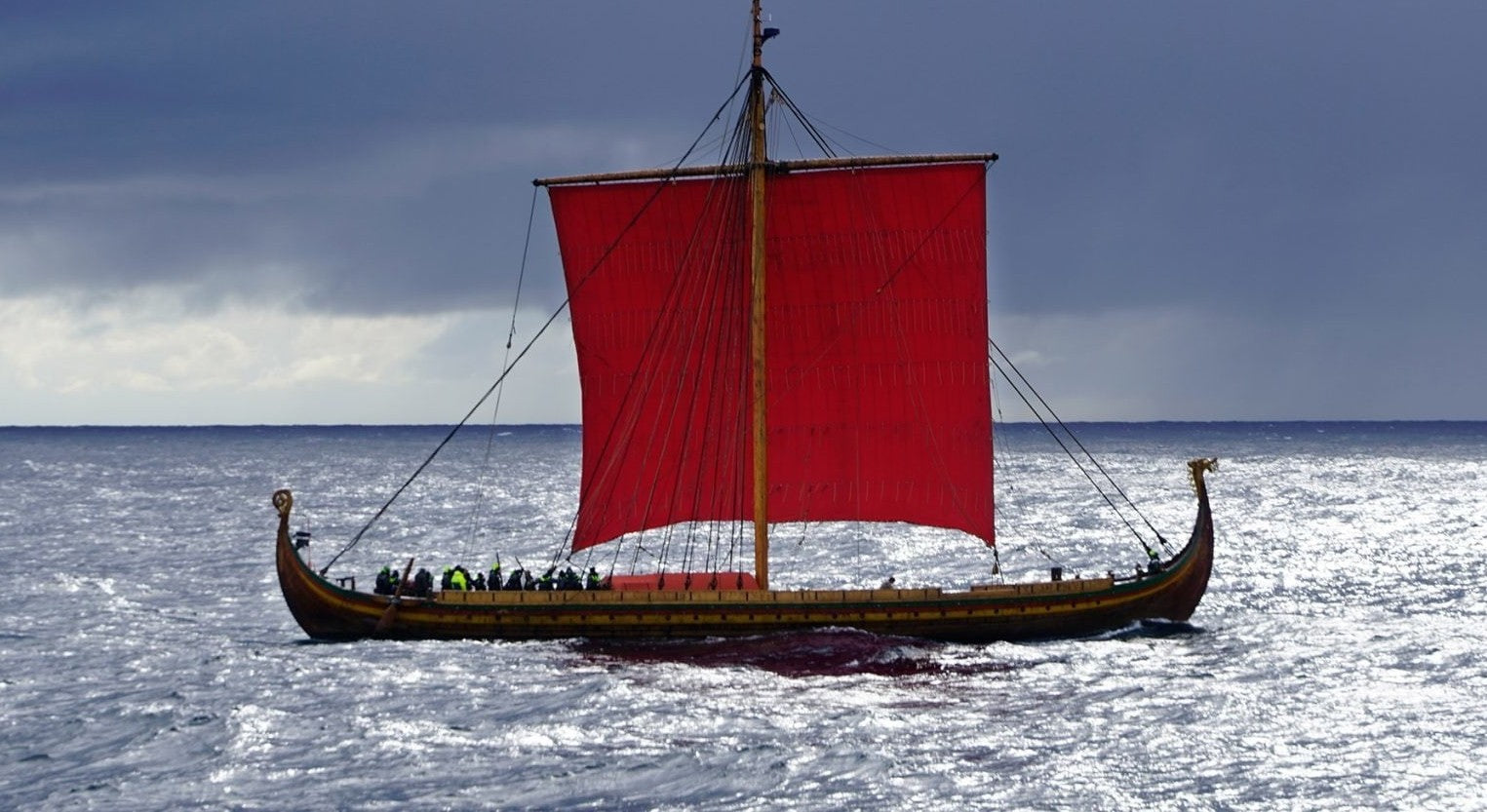



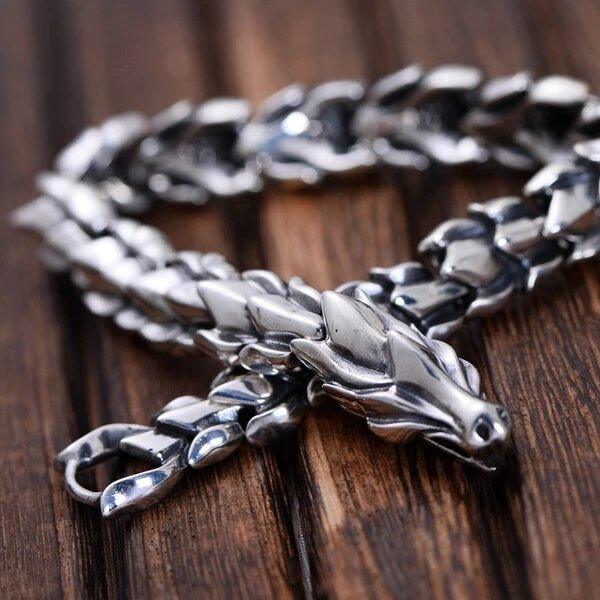
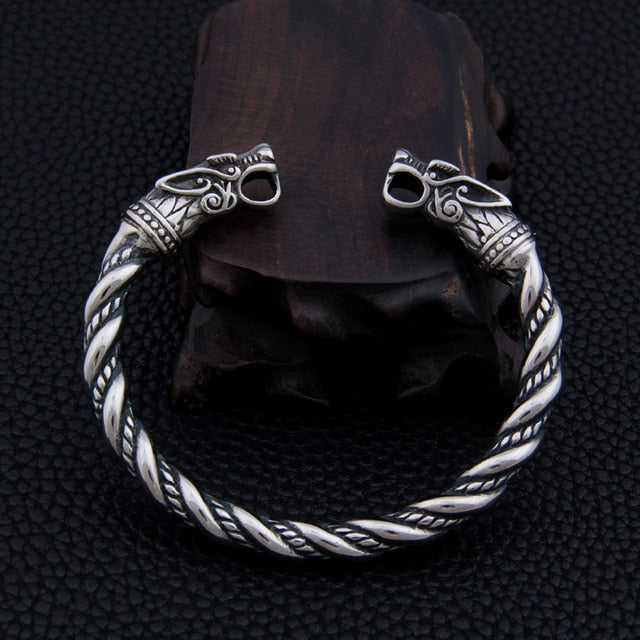
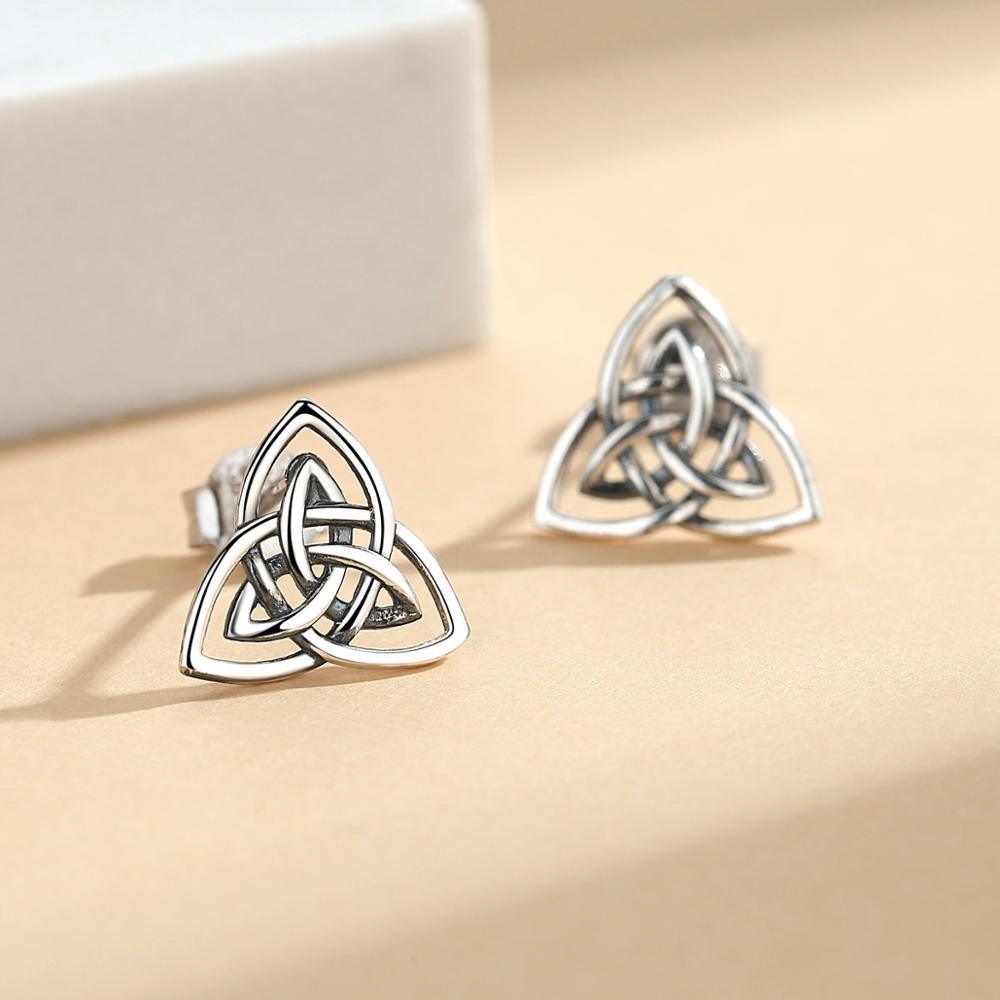
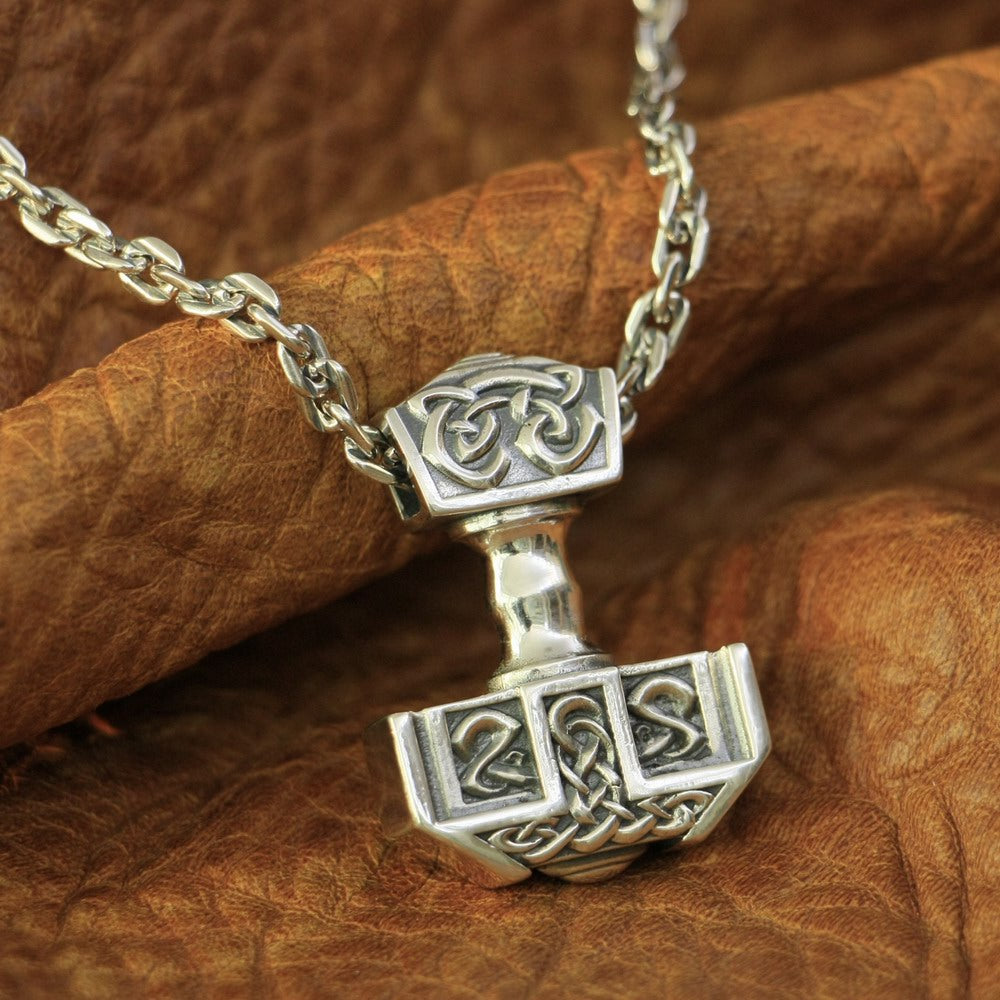
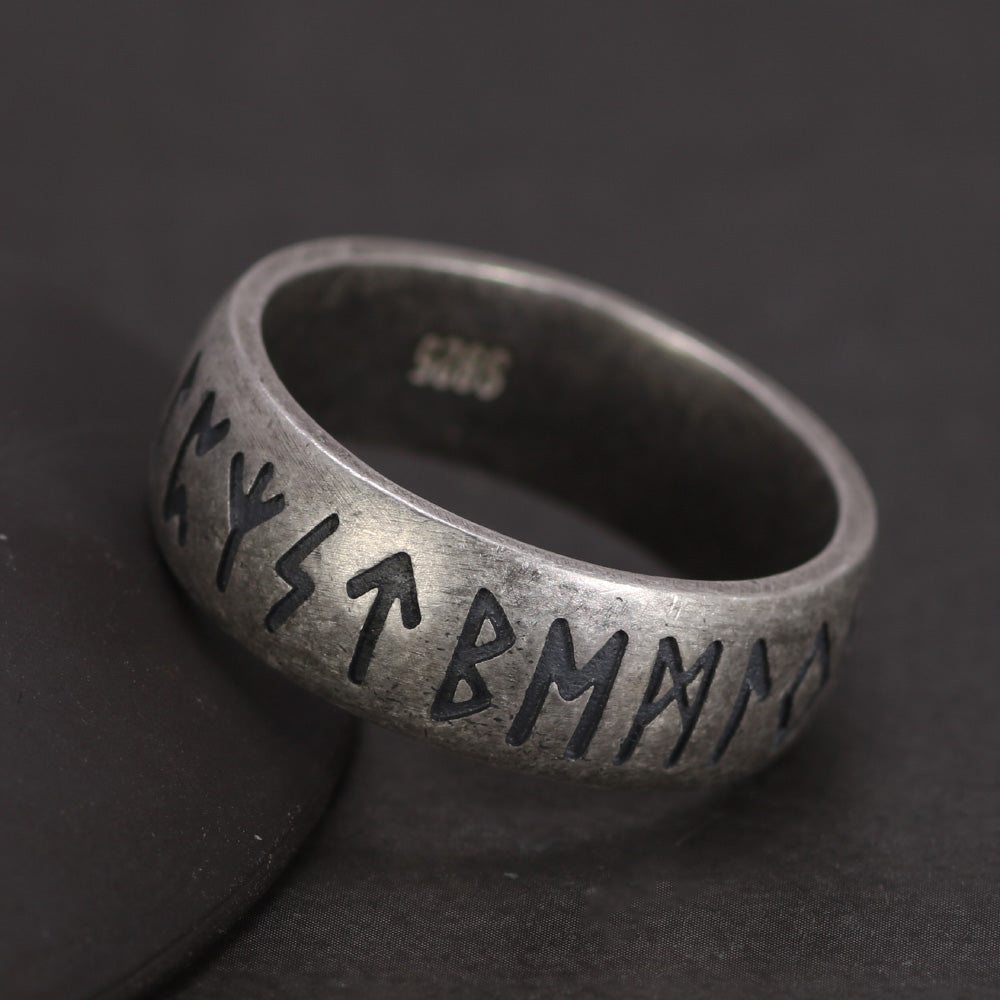
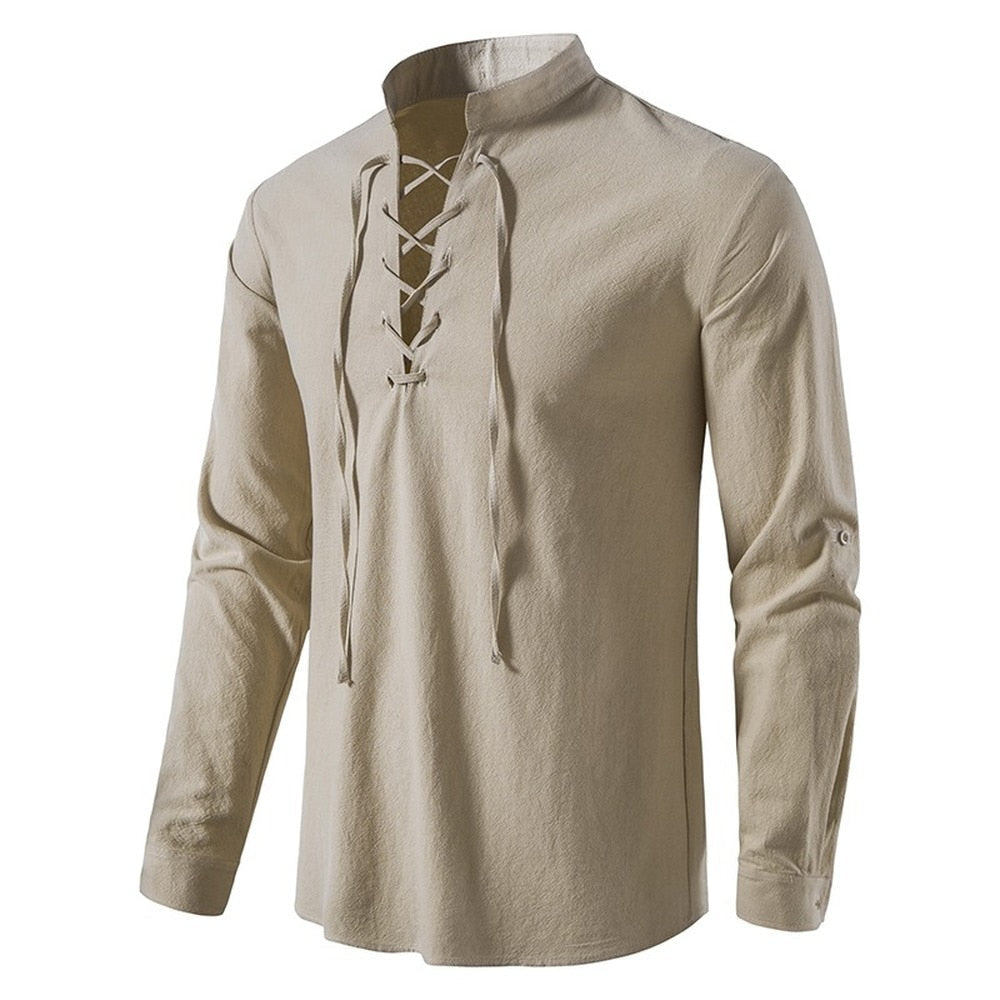

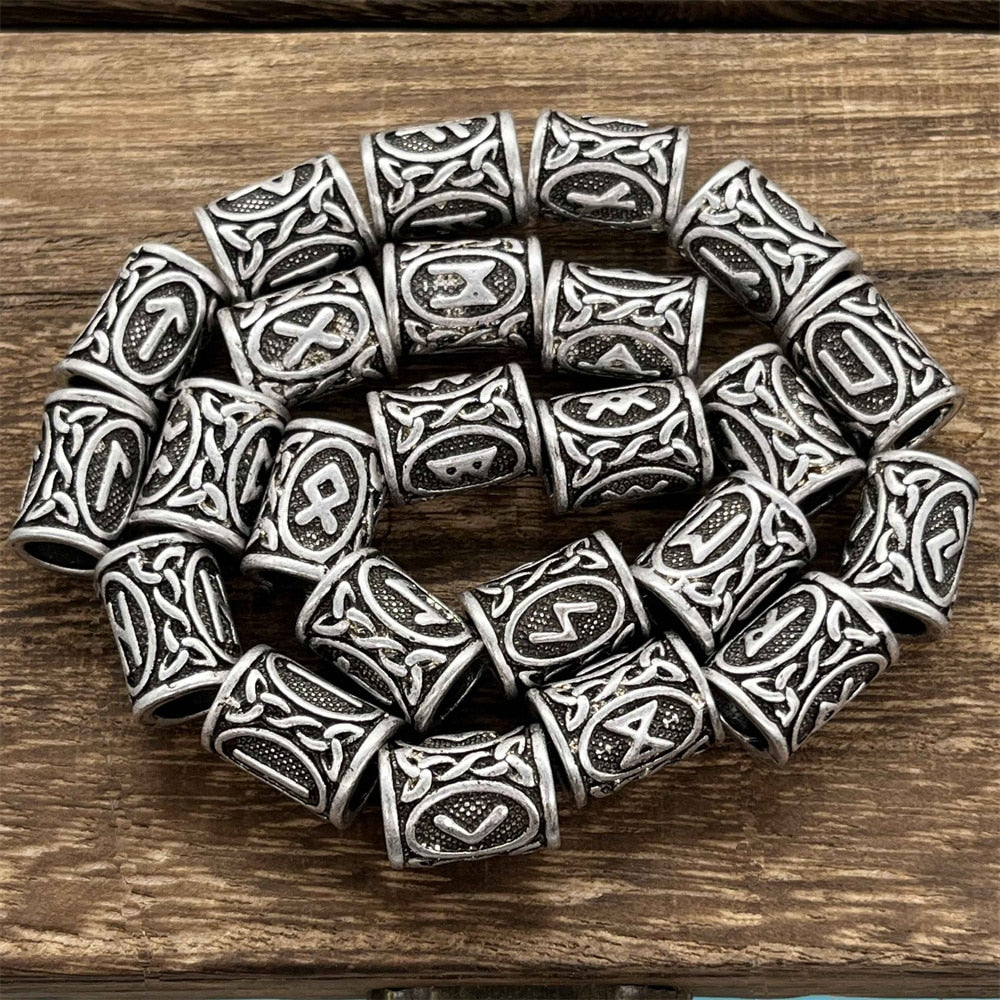

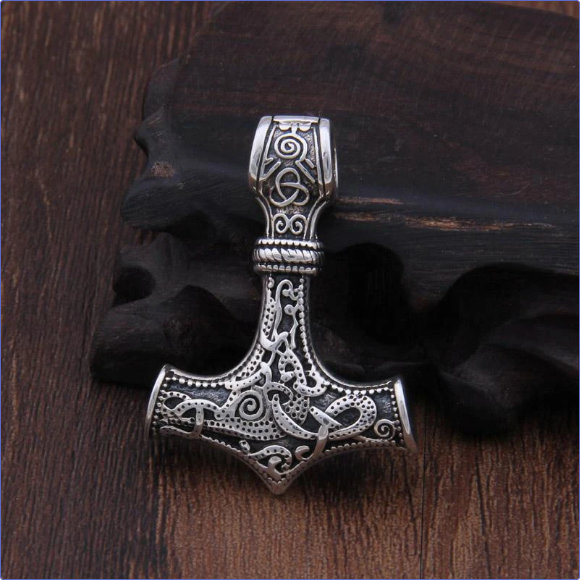
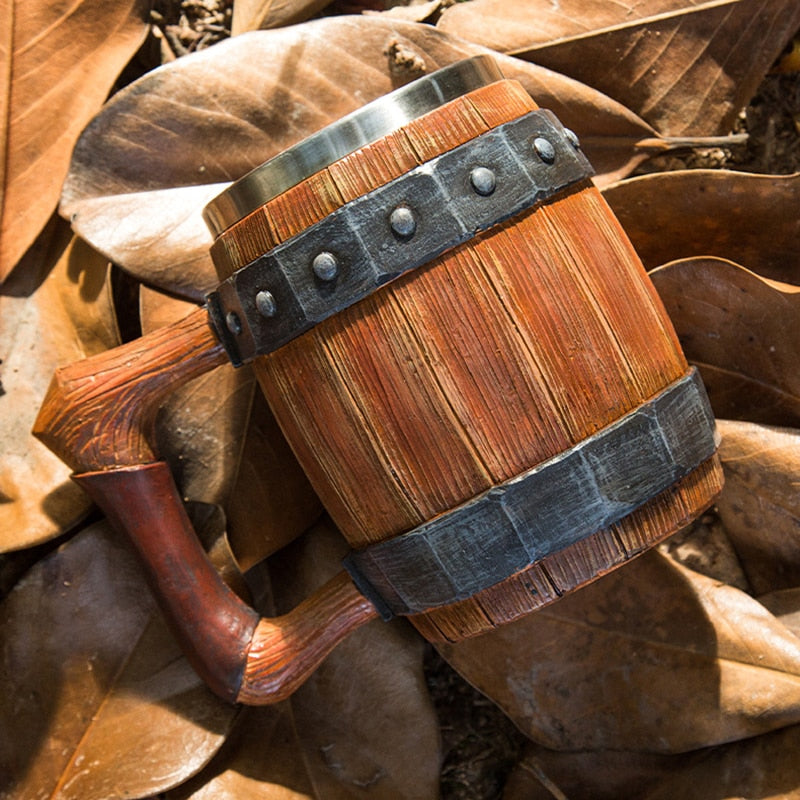
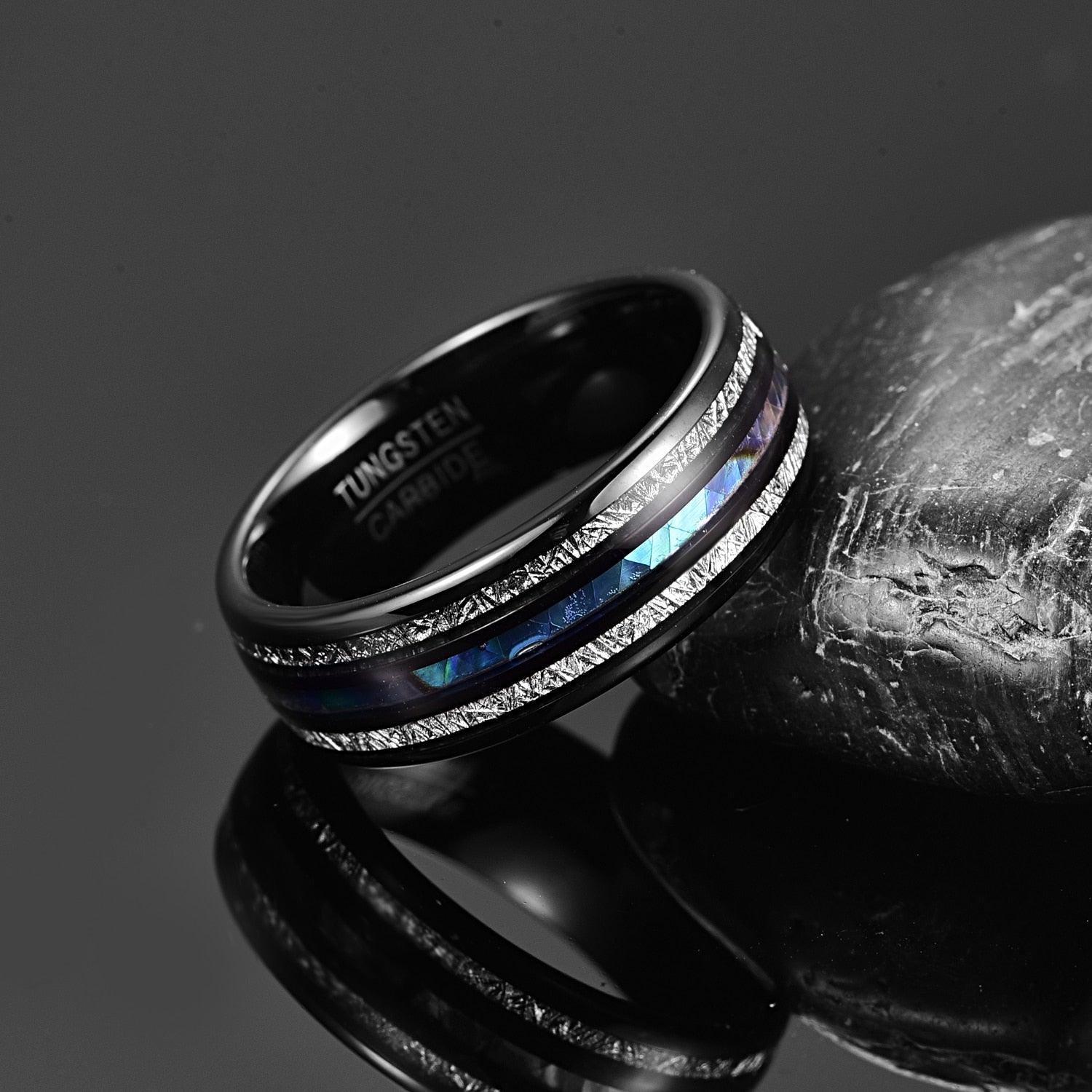
Comment (1)
The christian authors of the sagas most likely used real figures for the main persons, so we have to expect some elements of truth in their litterature. The sagas are loaded with allegories. The names, objects and numbers usually have a meaning which refers to two layers of allegories, tropology and typology.